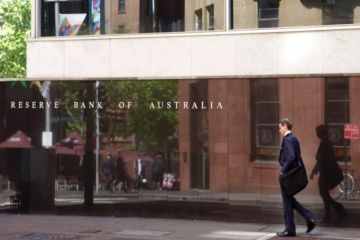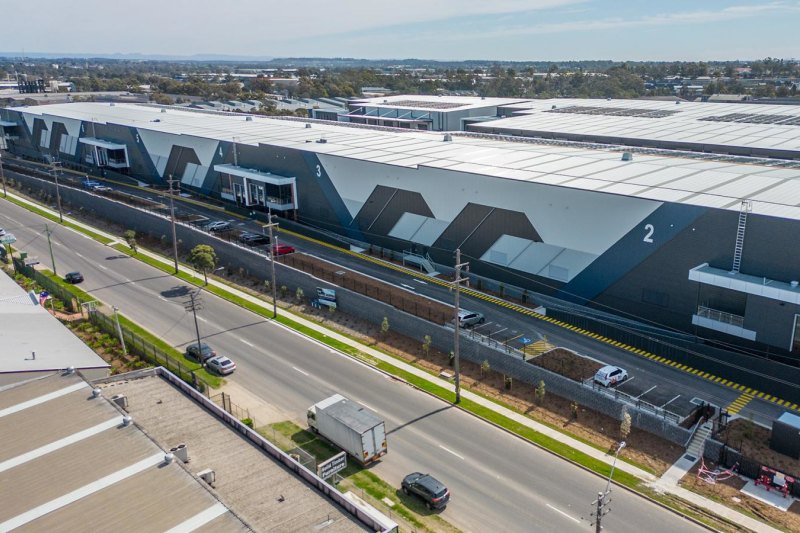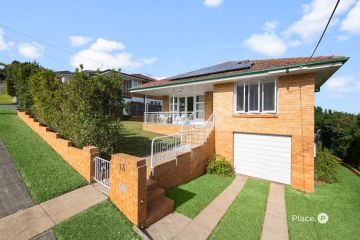RBA holds cash rate in March as economists warn interest rate cuts in 2024 look less likely
The cash rate will continue to hold at 4.35 per cent after the Reserve Bank of Australia (RBA) decided at its second meeting of the year on Tuesday (March 19) that, basically, there’s nothing to see here.
Hopes of an early rate cut are beginning to fade with the inflation rate coming down less strongly than hoped, the labour market still tight and income-boosting tax cuts coming in the middle of the year.
“The RBA have moved into a sit-and-watch phase for a while,” said NAB group chief economist Alan Oster. “They don’t have enough data yet to do otherwise. Employment is OK, consumption is a bit weaker than we expected and inflation is a bit higher, so nothing has moved significantly.
“’It’s all a bit boring’ is basically the bottom line. But boring can be good. And it’s going to take a while before we see a cut in the cash rate; we’re not seeing that happen until maybe around November.”
The consumer price index (CPI) shows the annual pace of inflation, slowed to 4.1 per cent – significantly below the December 2022 peak of 7.8 per cent but still well above the target zone of 2-3 per cent that the RBA hopes to achieve next year.
The unemployment rate is at 3.9 per cent, on Australian Bureau of Statistics figures, and household spending increased 3 per cent over the 12 months to January 2024, with the largest rises being spending on transport, recreation and culture and health. Discretionary spending, however, rose by just 0.2 per cent.
“On the one hand, consumers are not spending very much, retail sales are flat and there’s concern that we wouldn’t like to see unemployment rise,” Oster said. “On the other, inflation globally has stayed up a bit higher than most people expected.
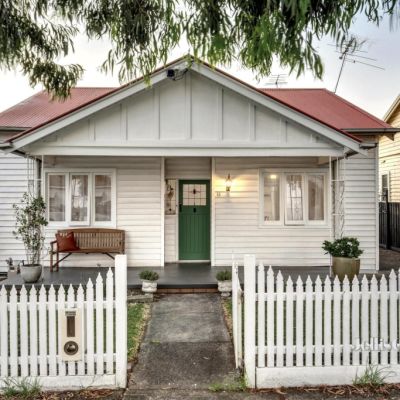 Should I buy a house now or wait for interest rates to fall?
Should I buy a house now or wait for interest rates to fall? Distressed listings continue to fall across the nation, despite high rates and cost of living
Distressed listings continue to fall across the nation, despite high rates and cost of living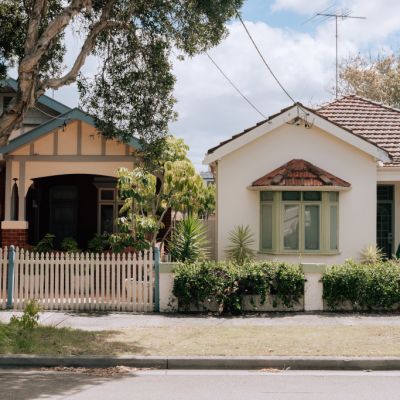 More homes listed for sale as autumn shapes as first big test for the property market
More homes listed for sale as autumn shapes as first big test for the property market Interest rates: RBA holds the cash rate at 4.35 per cent as inflation slows
Interest rates: RBA holds the cash rate at 4.35 per cent as inflation slows
“But we won’t know more until the March quarter CPI figures come out in April, so it’s going to take a while before the RBA makes anything happen.”
The economic growth rate is weak, too, with the economy expanding at just 0.2 per cent in the final quarter of last year, down even on the expected rate of 0.3 per cent, keeping the outlook steady.
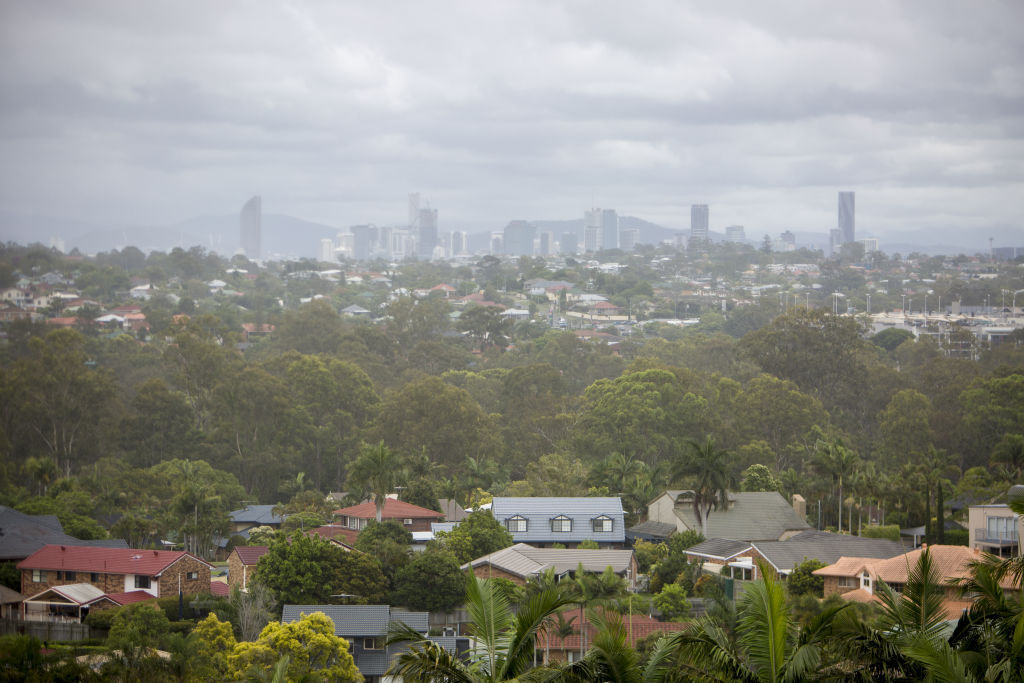
At HSBC, chief economist for Australia, New Zealand and global commodities Paul Bloxham said inflation was coming down so slowly, the RBA might even have considered a rise in the cash rate this month.
“Cuts in the rate aren’t even in the discussion at this point,” he said. “Inflation is still too high and is coming down too slowly. Rents, insurance and electricity prices are the main items they’re pointing to as keeping the rate too high.
“At the same time, economic growth has slowed and demand is weakening which is putting downward pressure on inflation but there are challenges on the supply side, with productivity weak in Australia and tax cuts in the middle of the year that the RBA needs to take into account.
“They’re likely to support growth and contribute to inflation and there’s also the risk of more spending in the budget. So we won’t get a rate cut this year; it’s more likely to be early next year.”
Despite many home buyers holding out for that rate cut, more and more economists are now moving to dampen expectations of it happening soon.
EY Oceania chief economist Cherelle Murphy is another. “You wouldn’t want to signal to the market that a rate cut is imminent,” she said. “In the worst-case scenario, it could be an own goal because it could encourage market rates to move lower before they should.
“So the RBA has to play safe. Everything is a bit fragile at the moment and inflation is still well above the target band. Unemployment is still very low, even though it’s edging up and the labour market is tight. The RBA is maintaining a fairly normal balanced view as they move forward, and we won’t see a cut for some time, potentially into next year.”
That’s grim news for those struggling to pay their mortgages – particularly if they’ve recently come off a fixed-rate cliff – and for those looking to get into the market.
The recently released ABS lending indicator data for January found the value of refinanced mortgages dropped for the sixth month in a row to $16.07 billion – down 25 per cent from its peak six months ago.
Brighter Finance mortgage broker Marcus Roberts said many people had been hoping to see a reduction sooner.
“Many would certainly like the Reserve Bank to be cutting rates earlier as any reduction would help with their monthly repayments,” he said. “It would then also help them to manage the rising cost of living, which can be very difficult.”
We recommend
We thought you might like
States
Capital Cities
Capital Cities - Rentals
Popular Areas
Allhomes
More
